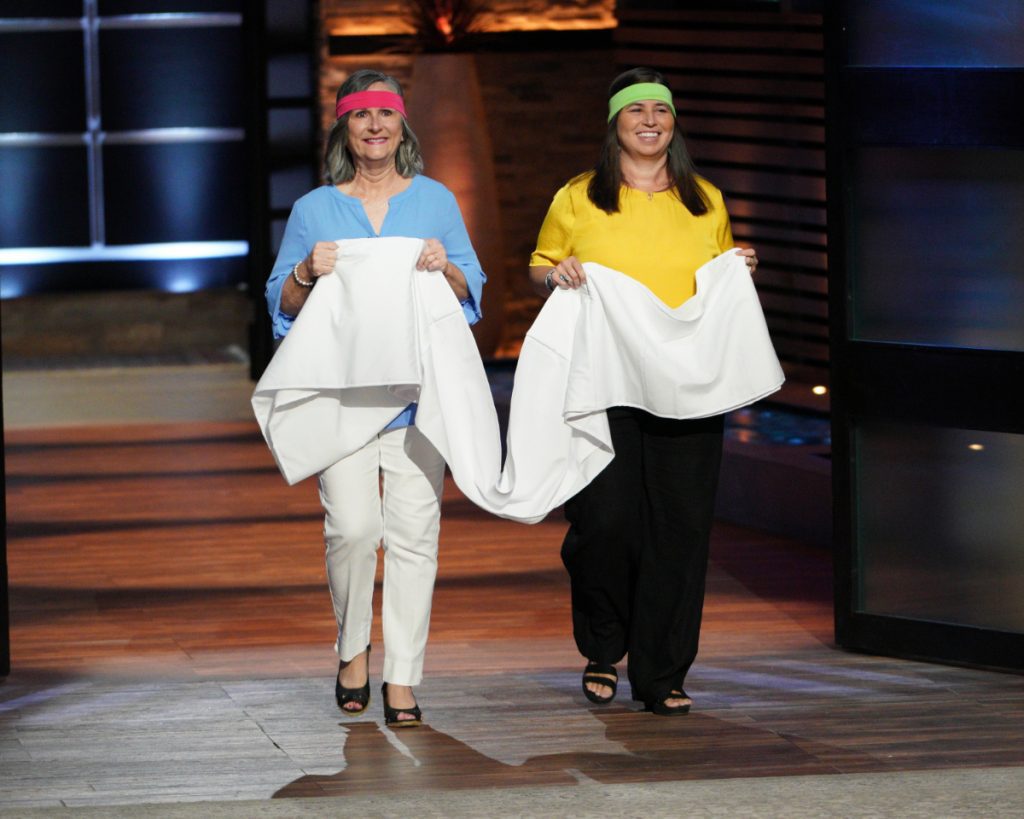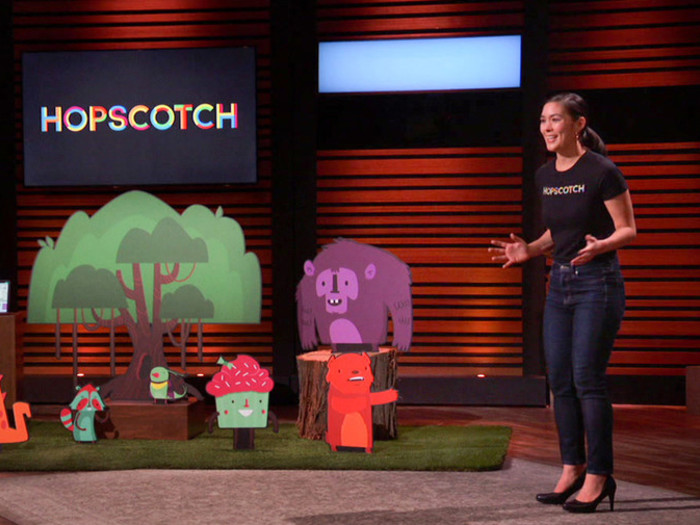

She also headed the Hopscotch Technologies section and did her degree in Applied Mathematics from Columbia University, New York. Samantha John is the co-founder and CEO of Hopscotch, and she was the one to represent Hopscotch on Shark Tank. However, reportedly, the downloads of the Hopscotch app increased by 500% after the founder participated in Season 12 of Shark Tank. It helps in developing coding abilities in children. The app has drag-and-drop functionality to facilitate kids between 6 and 16.Įven before getting on Shark Tank, Hopscotch was quite a popular programming app for kids.
#HOP SCOTCH SHARK TANK HOW TO#
The app has a user-friendly interface and an interactive way of teaching the kids how to code. Hopscotch is the coding solution for kids that enables them to construct scripts and coding blocks and use interactive coding to convert them into playable and shareable games. In this article, we will be discussing what happened to Hopscotch after Shark Tank and a lot more.

Hopscotch is a business from the IT industry that the founder pitched in season 12 of Shark Tank. According to a member of Shark Tank, Kevin O’Leary, around 20% of deals made on the show are not executed due to several problems inside the businesses. It’s done to see if the business is actually of the worth as claimed by the founders. However, a general perception that every handshake on the show is executed is wrong.Īfter the initial willingness of the Sharks, the due diligence, business analysis, and valuation are done. The investors on a panel of Shark Tank are called Sharks, and after listening to a business pitch and questioning, they decide if to invest in a business or not. It’s a franchise of Dragon’s Den that started in Japan under the name Money Tigers in 2001. Several businesses have changed their fortune by getting the Shark Tank judges on board with their investments. The reality show started in 2009, and 13 seasons have been aired to date. You can find them on our Season 13 products page.Shark Tank is an American reality show where different small and emerging startups & businesses pitch their idea to get an investment for their business.

We’re eager to see how the deal with Daymond works out.īefore you go, take a look at the other company updates from Season 13 Episode 20 here:ĭon’t forget to check out our other Season 13 company updates. They’ve also included new sizes, ranging from 1 inch up to 5 inches instead of the three standard options that featured on Shark Tank. HairFin is sold on Amazon and Etsy at the time of writing.
#HOP SCOTCH SHARK TANK UPDATE#
Initial research for our HairFin update didn’t show any changes. What can Daymond do for the company? Keep reading the HairFin update to find out! After a bit of indecision, Tony accepted the deal. Tony counteroffered at $28,000 for 25%, but Daymond refused. He offered $25,000 for 40% of the business. He had previously made a deal with a similar company and could connect that company to this one. Kevin O’Leary loved the business but didn’t see it as an investable venture. Mark Cuban and Lori Greiner followed both stated that it wasn’t the product for them. It was simply too small for him to invest. Robert Herjavec dropped out almost immediately. The sharks had different ideas about that, though.


 0 kommentar(er)
0 kommentar(er)
